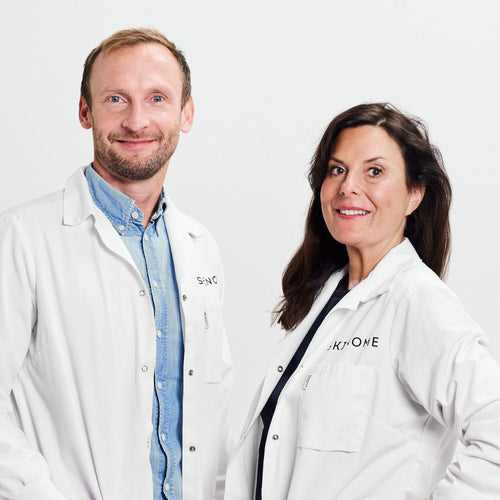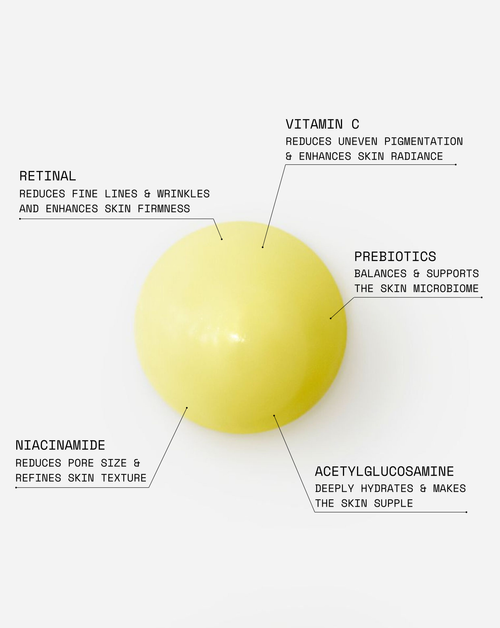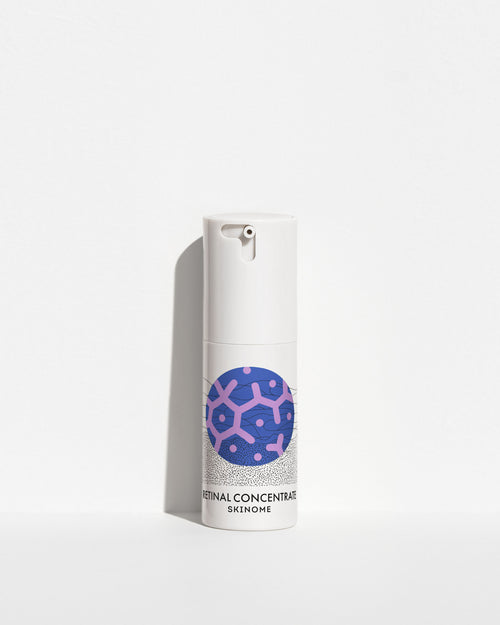The role of hormones in the body
Hormones play a crucial role in many of the body's functions. They help regulate and coordinate activities such as our sexual development, metabolism and overall bodily functions. Endocrine disruptors can imitate or interfere with the functions of the natural hormones in the body. They can bind to hormone receptors, which can activate or block the natural hormones' effects. This can lead to a variety of health problems, as the body's hormonal balance is essential for normal function and development.
Health risks
Endocrine disruptors can cause several serious health problems. They can disrupt the body's endocrine system, the body's regulation via hormones, which is essential for maintaining physiological balance. Disturbances in this system can lead to various diseases such as obesity, type 2 diabetes and various forms of cancer. Exposure to these substances often occurs over time and can have cumulative effects, i.e. several different effects interact with each other, which makes it difficult to directly link specific diseases to specific exposures. There is also a cocktail effect to consider, where the mixture of different chemicals can have stronger or different effects than the individual substances.
Some diseases and health problems that research believes may be linked to hormone-disrupting substances are the following:
Cancer: Breast cancer, prostate cancer, testicular cancer and thyroid cancer.
Obesity and diabetes: Type 2 diabetes has more than doubled since 1980.
Endometriosis: i.e. presence of endometrium outside the uterus.
Birth effects: Low birth weight, aborted pregnancies and genital malformations in young boys.
Breast development: Young girls enter puberty and develop breasts earlier.
Pregnancy, small children and endocrine disruptors
During pregnancy and the early childhood years, we are particularly sensitive to the effects of hormone-disrupting substances. Fetuses and young children do not yet have fully developed systems to deal with these substances, making them more vulnerable. It is therefore important that pregnant women and parents of small children pay particular attention to the products they use and the environments they are in to minimize the risk of negative health effects. The most critical stage for endocrine disrupting effects is the fetal stage. If a fetus is exposed to an endocrine-disrupting substance, it can mean effects on brain development or an increased risk of suffering from diseases in adulthood. In an adult, the body can regulate the levels of hormones in a better way, but in fetuses and small children, this mechanism is not as developed, which increases the risk that a hormone-disrupting substance can have long-term negative effects.












